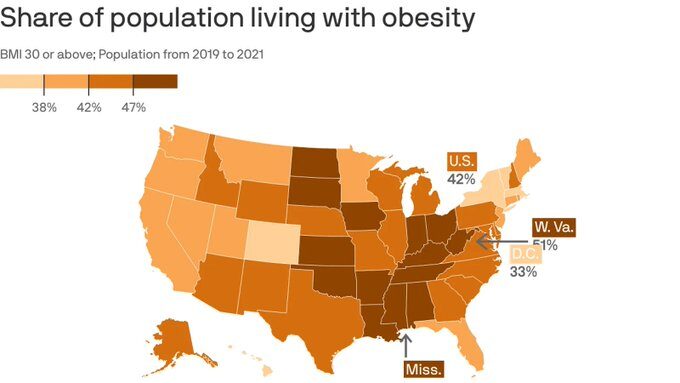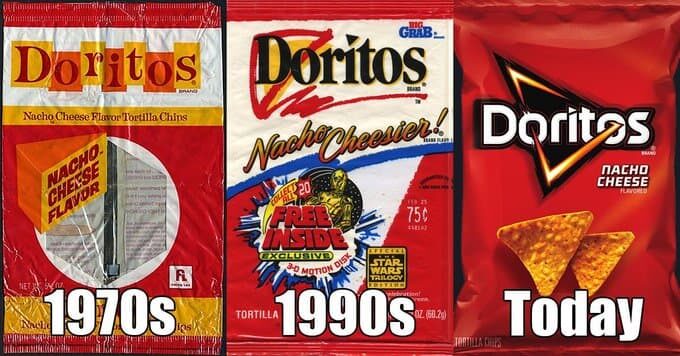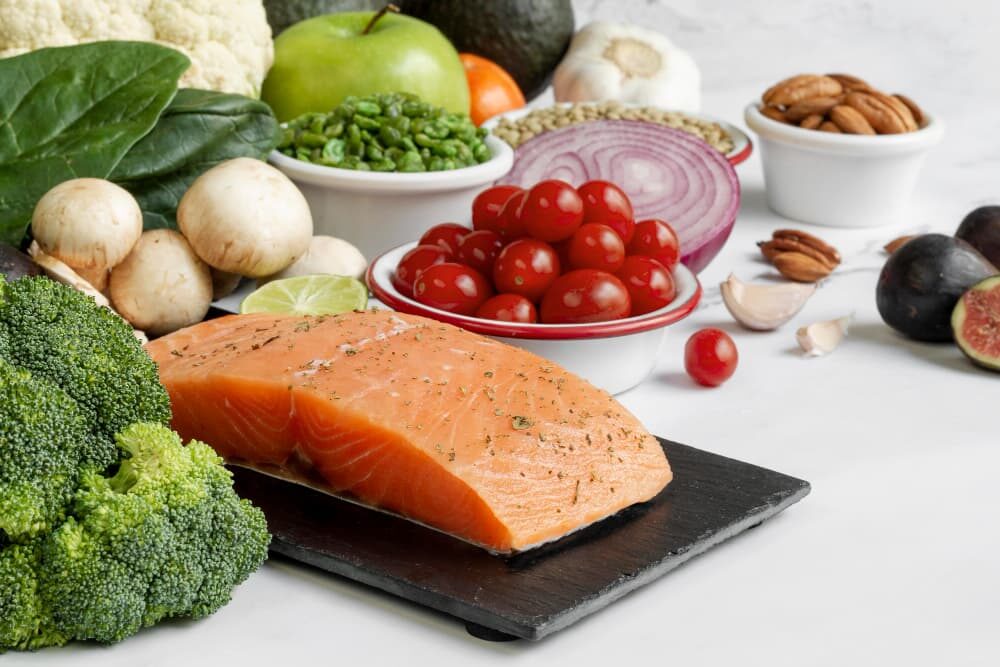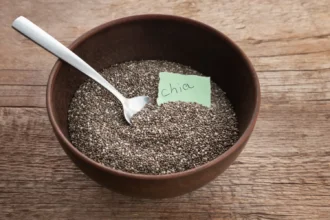Italians eat pasta, cheese, even dessert and yet stay slim. Americans eat “low-fat” diet foods but continue gaining weight. Why is that?
The answer isn’t just about counting calories. It’s about how modern food has disrupted the natural connection between taste and nutrition.
In this article, we explore how the Italian eating culture differs from the American ultra-processed diet, and what that means for satiety, metabolism, and long-term health.
The Italian Paradox – Eating More, Weighing Less
Italy consumes pasta, cheese, wine, and gelato on a regular basis. Yet its obesity rate hovers around 8%, while in the U.S., it’s over 42%.

❓ So what’s going on here?
The answer lies not just in what Italians eat—but how they eat it. Their meals are slower, more social, and centered around fresh, minimally processed ingredients.
🍝 Typical Italian food culture:
- ✅ Real ingredients: olive oil, fresh pasta, local cheese
- ✅ Balanced portions (no calorie obsession)
- ✅ Meals are eaten slowly and socially
- ✅ No “low-fat” or “diet” product fixation
👉 Key insight:
Italians eat for pleasure, but also for satisfaction. That’s why they often end up eating less—without even trying.
How America Broke the System (1940s Enrichment)
In the 1940s, the U.S. faced a serious public health crisis: pellagra, a deadly disease caused by severe vitamin B3 (niacin) deficiency. In response, the government introduced a mass solution—mandatory fortification of flour and grains with synthetic B vitamins.
This policy worked. Pellagra was eliminated almost overnight.
But it also rewired how Americans interact with food—especially at the neurological level.
✅ The short-term success:
Nutritional deficiency diseases were wiped out. The population got healthier, fast.
⚠️ The long-term cost:
Fortified foods mimicked nutrition without delivering the full experience. This disrupted a fundamental mechanism our bodies rely on: the connection between flavor and nourishment, making it harder for the brain to regulate hunger and satisfaction.
Over time, this disconnect has contributed to a surge in overeating and metabolic dysfunction—one reason the U.S. obesity rate has climbed to over 42%.

For thousands of years, taste was our guide:
- Sweetness means calories
- Bitterness signaled plant medicine
- Savory flavors suggested protein and satiety
By artificially enhancing processed foods, we trained the brain to expect nutrition—without receiving it. Over time, this weakened the body’s natural hunger regulation, making us crave more and feel less satisfied.
👉 That’s how a well-meaning fix for malnutrition planted the seeds of overconsumption and obesity.
Fortified But Flawed – The Problem with Artificial Nutrition
When vitamins are added to food artificially, they don’t behave the same way as when they’re consumed naturally. Our bodies have evolved to recognize whole food nutrients, not isolated additives.
💡 The problem?
Fortified foods simulate nutrition, but they don’t always deliver the full spectrum of what real food provides.
📉 This leads to a disconnect between:
- What your taste buds perceive
- And what your body receives
This confusion affects satiety signals, making it harder to feel truly full or nourished—even after eating.
🧪 A Yale University study (2017) confirmed this:
When flavor and calorie content don’t align (e.g., artificially sweetened foods), the brain’s metabolism response is thrown off. It can cause increased appetite, not less.
👉 Artificial enrichment may prevent nutrient deficiency on paper, but in practice, it can undermine natural hunger regulation.
Modern Ultra-Processed Foods – Why They Hijack Our Brains
The issue isn’t just about fortification anymore. It’s how food engineering has advanced far beyond what our biology was designed for.
🧠 Ultra-processed foods are crafted to trigger reward, not satisfaction.
Take Doritos, for example. In the 1960s, they failed as a bland corn chip. But when Frito-Lay added “taco seasoning” flavor dust, sales exploded. The ingredients didn’t change much—just the flavor technology did.

⚠️ This is how modern food “hacks” your brain:
- Dopamine spikes upon eating
- Cravings increase, but satisfaction doesn’t
- You eat more, chasing that initial hit
📌 Research by neuroscientist Kent Berridge shows: Animals with elevated dopamine levels will keep eating foods they don’t even enjoy—because the wanting overpowers the liking.
🍟 The result?
Calories stay the same. But appetite skyrockets.
Real Food, Real Satiety – What We Can Learn from Italy
While modern food systems engineer taste to trigger cravings, Italy sticks to tradition—and the health outcomes speak for themselves.

What makes the Italian approach different?
✅ Whole foods first
Italians rely on fresh, local, seasonal ingredients. Meals are built from scratch, not boxes.
✅ Meals are slow and shared
Eating is a social ritual, not a rushed task between meetings.
✅ Wine, bread, cheese—all in balance
No food is demonized. Portions are smaller, but more satisfying.
✅ Minimal interference with taste
No artificial flavors, no “diet” products, no sneaky additives.
🧠 Why does this matter?
Because when your food tastes like what it is, your brain can trust it.
This rebuilds the link between flavor and nutrition, helping your body recognize when it’s truly nourished.
📌 Conclusion: It’s Not About Counting Calories — It’s About Rebuilding Trust with Real Food
The problem isn’t that we eat too much. It’s that we no longer know what we’re eating.
- Fortified snacks that promise health
- Diet drinks with no calories—but still spike insulin
- Ultra-processed foods that leave us hungry again in an hour
All these have trained us to crave more, not better.
✅ What Italy shows us is simple:
When food is honest, whole, and culturally respected, satiety follows naturally.
Healiscope’s advice?
“Start by questioning not how much you eat, but what your food is made of.”
That’s the real key to eating less, feeling better, and living healthier.






